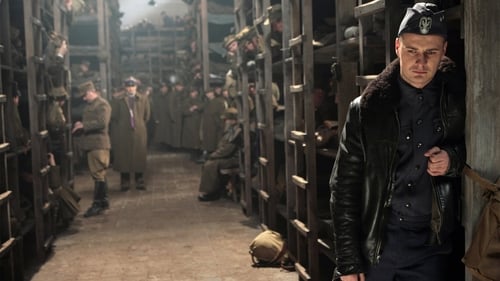
Mrs. Greta
2차 세계대전 중 카틴 숲에서 살해당한 폴란드 장교들과 그 사실을 모른 채 남편과 아버지, 아들과 형제들이 돌아오기를 기다렸던 가족들에 관한 이야기다. 은 또한 기억과 진실에 대한 불굴의 사투에 관한 영화이며, 소련공산당이 자신들이 자행한 학살을 강제로 묻으려 했던 거짓말에 대한 단호한 평가이다. 2차 세계대전 초기 1939년 9월 17일 독일의 폴란드 침공 직후 소련 적군 또한 스탈린의 명령에 의해 폴란드 땅을 침입한다. 그 결과, 모든 폴란드 장교들은 소비에트 수용소에 억류되었다. 창기병 연대장의 아내 안나는 그의 남편 안제이을 기다린다. 그녀는 비록 부정하고 있지만 카틴 숲에서 폴란드 군인들의 시체 무더기들이 발견된 후 어쩔 수 없이 소련군들이 그의 남편을 죽였다는 사실과 대면하게 된다. 조종사의 여동생 아그네쉬카 역시 그와 같은 운명에 처하고 범죄에 대한 침묵과 거짓말에 의해 비탄에 잠긴다. 그리고 연대장의 친구 예르지만이 유일한 생존자로 남겨진다. 은 폴란드 대통령 레흐 카친스키와 부인 마리아 카친스키의 후원 아래 만들어졌다.
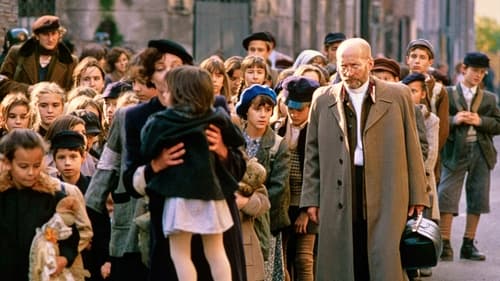
Szloma's mother
줄거리나치 독일에 점령당한 바르샤바의 1942년을 무대로 아동문학가, 교육자로 활동하며 소아과 의사로도 더 유명한 폴란드 유태계 혈통의 야누스 코르작 박사가 설립한 고아원을 중심으로 박사의 말년을 그리고 있는 영화이며, 당시 촬영된 여러 기록 사진들을 영화의 배경으로 삽입하여 어려움속에서도 사랑하는 아이들과 생을 함께 하는 한 인간의 발자취를 그리고 있다.

Costume Design
Russia, 1870. A group of young anarchist revolutionaries set out to overthrow the Czarist regime through violence. Their attacks create a climate of psychosis and mutual distrust among the population, but in reality, both revolutionaries and repressors are being manipulated by a diabolical individual.
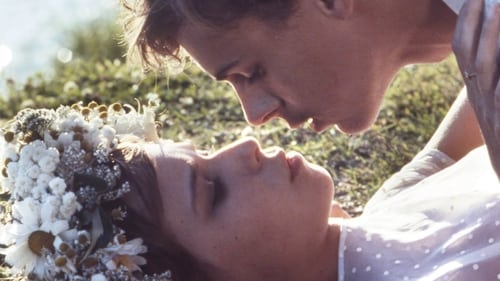
Witek's Mother
2차대전이 발발하기 직전의 폴란드, 마을의 분위기는 뒤숭숭하지만 젊은 청년인 비텍은 의사가 되기 위해 열심히 공부를 한다. 도시에서 학교를 다니다 시험을 앞두고 잠시 시골 집에 돌아온 비텍은 우연히 아름다운 소녀를 만나 마음을 뺏긴다. 타데우시 콘비츠키가 쓴 동명의 소설이 원작이다.

Casting
In May of 1983, a man turns 49 and, with his 17-year old son, journeys to the village in Baden that he left 40 years before. He wants to discover what happened then, the truth about an affair his mother had with a young Polish prisoner of war, how the authorities came to learn of it, the lovers' arrest, and the aftermath. While his son takes Polaroid photographs, he retraces the steps of his childhood and interviews those who should remember. The story is disclosed in flashbacks that focus on the lovers (Paulina and Stanislaus), on a jealous and conniving neighbor, and on Mayer, the local SS commander who wants to find a way out of inevitable consequences.
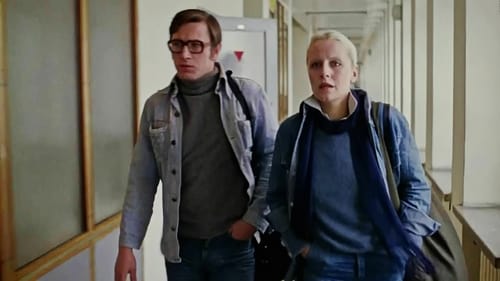
Hanka Tomczyk, żona Birkuta
이 영화는 1980년대 말 폴란드의 공산정권을 붕괴시킨 거대한 자유노조운동에 대한 이야기이다. 속편에 등장했던 다큐멘터리 감독 아그니에츠카(크리스티나 잔다 분)가 다시 모습을 드러내는데 그녀는 폴란드 노동자의 영웅이었던 비르쿠트의 아들 마테우시(예르지 래드지빌로빅츠 분)의 아내가 되어있다. 마테우시는 1980년 그단스크에서 발생한 파업에서 자유노조운동에 앞선 주동자로, 지식인들이 노조에 가입하도록 설득한다. 영화는 가까운 미래의 화면과 그단스크의 새로운 파업을 교차로 보여줌으로써 결과에 대한 예상과 함께 기대를 하게 한다.
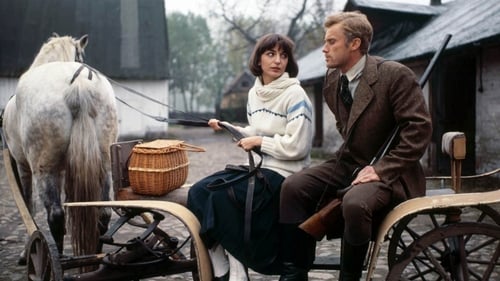
Kazia
Set in the late '20s. A thirtyish young man, who heads a small factory, faints at the funeral of a close friend. He decides to go home to his aunt and uncle for a while, but gets involved with a family of five women who had been in love with him at one time though he had apparently loved only one, who, unknown to him, has died since his departure. The women are mainly disillusioned with life or estranged from husbands while the youngest has a crush on him.
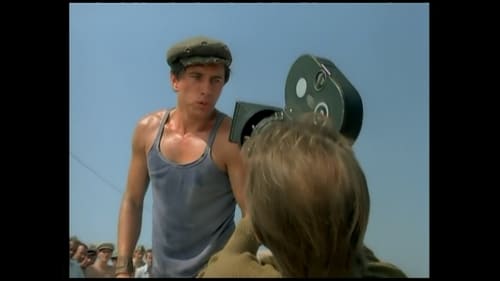
Hanka Tomczyk
Man of Marble is a Polish film about a student making a film about a bricklayer who was once idolized. She interviews people who knew him and finds old footage that lead to an unfolding mystery that causes her producer to cancel the project.
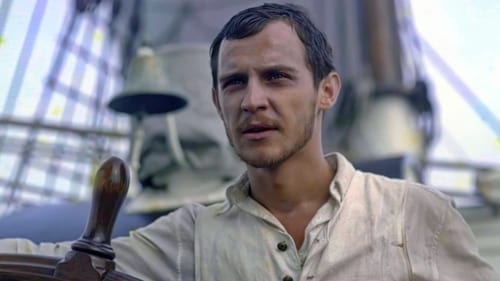
Costume Design
Andrzej Wajda's English-language film of a novella by Józef Teodor Konrad Korzeniowski, aka Joseph Conrad, about a young man in his first command as a sea captain. A series of crises prove incredibly difficult for his new authority, for the sea is curiously becalmed and the crew is weakened by feverish malaria. When the first mate's fear convinces many that the ship is haunted and cursed by the malevolent spirit of the previous captain, the young man must cope with their superstition as well as the conspicuous absence of much-needed medicine.
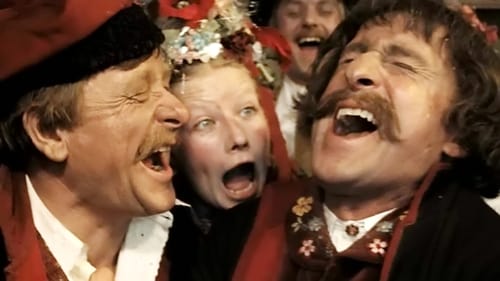
Costume Design
Set at the turn of the century, the story concerns a Polish poet living in Cracow who has decided to marry a peasant girl. The wedding is attended by a heterogenous group of people from all strata of Polish society, who dance, get drunk and lament Poland's 100-year-long division under Russia, Prussia, and Austria. The bridegroom, a painter friend, and a journalist each in turn is confronted with spectres of Polish past. In the end a call to arms is called but turns out to be a hoax.

Wiska
Sampson is one of several Andrzej Wajda films harking back to his youth during the Nazi Occupation of Poland. Many of these concern not only the struggle between good and evil, but also between passive and impassive. The hero is a Jewish youth. He, like his family, has always been silent and undemonstrative in the face of prejudice. Now he stands up for his right to survive, and in so doing represents the fighting spirit that culminated in the 1943 Warsaw Uprising. It was originally titled Samson, but re-spelled as Sampson upon its American release to avoid confusion with a sword-and-sandal epic of the same name.










